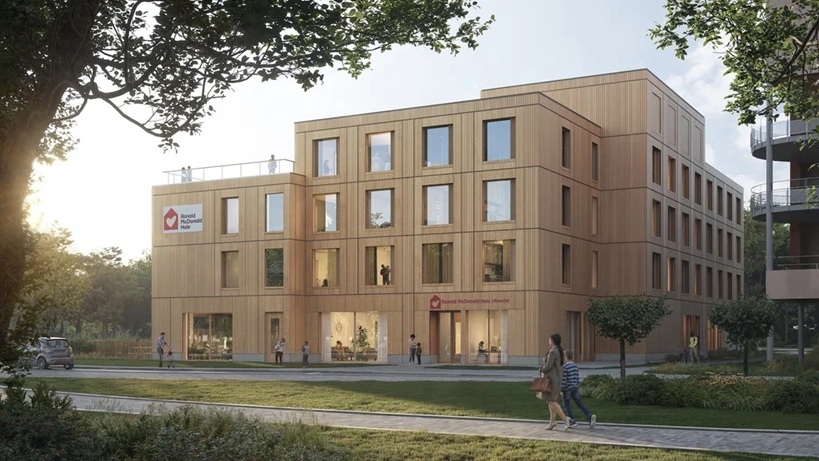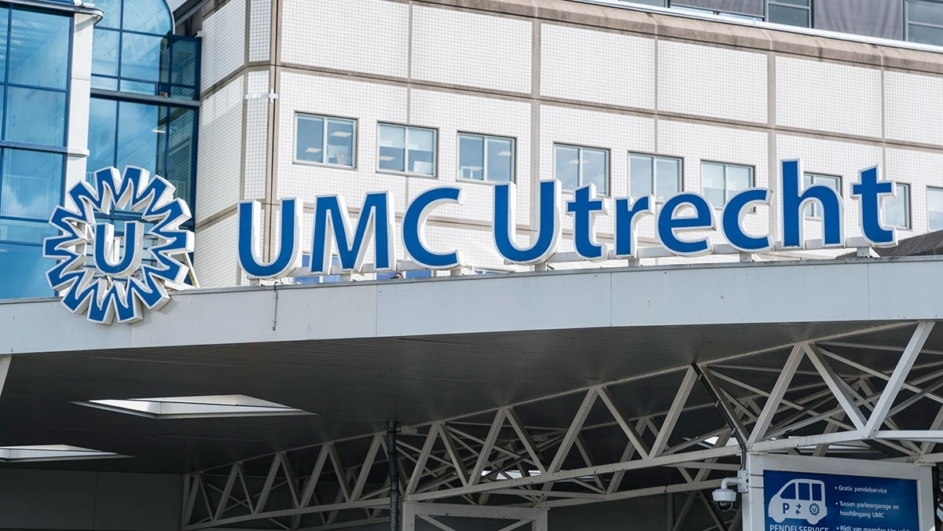Knot good: How cells untie DNA to protect the genome

Not all DNA looks like the familiar twisted ladder. Sometimes, parts of our genetic code fold into unusual shapes. One such structure, the G-quadruplex (G4), looks like a knot. These knots can play important roles in turning genes on or off. But if not untangled in time, they can harm our genome. Now, researchers from the Knipscheer Group, in collaboration with the Karolinska Institutet, have uncovered a surprising mechanism that keeps these knots in check. Their work, published in Science on June 12th, could lead to new ways to treat diseases like cancer.
Our DNA is usually shaped like a double helix. However, under certain conditions, a single strand of DNA can fold into a G-quadruplex (G4) structure, which looks like a knot. These knots often form in regions with many guanine (G) bases. They help regulate important processes like transcription, where DNA is copied into RNA.
But G4s are double-edged swords. While they help with generegulation, if they are not untangled in time, they may cause mutations, disrupt gene expression, and even lead to cancer or early aging. Therefore, cells need tools to untie these knots quickly and efficiently.
Frog egg extracts to study DNA knots
To study exactly how cells untangle G4 structures, the researchers needed a system that reproduces this process outside living cells. They used protein extracts from frog (Xenopus laevis) eggs. These extracts contain almost everything found inside a real cell, especially proteins needed for DNA replication and repair. This setup allowed the team to introduce DNA with G4 structures and observe the stepwise process of untangling. They could also pinpoint the proteins that drive this mechanism.
A new role for RNA
Using this system, the researchers uncovered a surprising new role for RNA molecules. “With the help of proteins known for their role in DNA repair, RNA binds to the DNA strand opposite the G4 structure, forming a structure called a ‘G-loop’. This G-loop structure is an important intermediate in the untangling mechanism and protects the genome from breaking down” says first author Koichi Sato. Although RNA is best known for its function in protein production through translation, this mechanism adds a previously unrecognized role for RNA in genome protection.
Keeping cells healthy
The G-loop acts like a landing pad for additional proteins. These proteins untie the G4 knot, break apart the G-loop and convert the DNA to its normal double helix shape. Thanks to a collaboration with Simon Elsässer and Jing Lyu from the Karolinska Institutet, the team discovered that the G-loop helps untie G4 knots across the entire genome.
“We were surprised to find that G4s are recognized as DNA lesions, even without real DNA damage,” explains group leader Puck Knipscheer. The G-loop brings in proteins that usually fix DNA damage. But here, the cell treats the G4 structure as if it were broken DNA, triggering a DNA damage response. This allows the cell to act fast and prevent serious problems later.
Even better, the process renews the surrounding DNA and removes harmful modifications. With help from Jeroen van den Berg from the Oudenaarden Group, the team shows how important this mechanism is for cell health. When it fails, G4s build up and cause serious problems when the DNA needs to be copied before cell division. This results in DNA breaks and blocks cell growth.
Deploying G4 knots against cancer
The discovery of the G-loop mechanism answers key scientific questions on how cells protect their DNA and could also open doors for future therapies. Many cancers are linked to problems in DNA repair. G4 structures are particularly abundant in cancer cells, and if cells cannot untie them, this will induce DNA damage and cell death.
Targeting the G-loop mechanism could be a smart way to hit cancer cells where they’re weak. For example, by increasing the number of G4 knots or blocking their repair, cancer cells could be killed selectively. However, more research is needed to see if this can truly stop cancer cell growth.
Publication
RNA transcripts regulate G-quadruplex landscapes through G-loop formation. Koichi Sato, Jing Lyu, Jeroen van den Berg, Diana Braat, Victoria M. Cruz, Carmen Navarro Luzón, Joost Schimmel, Clara Esteban-Jurado, Maëlys Alemany, Jan Dreyer, Aiko Hendrikx, Francesca Mattiroli, Alexander van Oudenaarden, Marcel Tijsterman, Simon J. Elsässer, and Puck Knipscheer. Science, 2025.

Laigo Bio at Utrecht Science Park raises €11.5 million in investments
Laigo Bio, a start-up located at Utrecht Science Park in the Life Sciences Incubator building, announced today that it has raised €11.5 million in investments from a large number of leading investors.

Ronald McDonald House Utrecht presents plans for new, larger House with 50 rooms
Ronald McDonald House Utrecht is building for the future. At Utrecht Science Park, next to the Wilhelmina Children’s Hospital and within walking distance of the Princess Máxima Center, Ronald McDonald House Utrecht has advanced plans to build a brand new, sustainable House with 50 guest rooms. Preparations are well underway, and construction is scheduled to begin in the second half of 2026. The goal is to open the new House sometime in 2028. This expansion will allow the House to offer more families of seriously ill or care-intensive children a warm home, allowing them to be close to their sick child day and night.

Renewal and sustainability UMC Utrecht
In the coming years, most of the UMC Utrecht will be renovated, rebuilt or newly constructed. Many of our buildings are already nearly forty years old and require renovation and sustainability.

Utrecht Science Week anniversary edition a great success
The fifth edition of Utrecht Science Week was a resounding success! With more programs, locations, speakers, and visitors than ever before, we look back on an exciting week. The variety of programs and the diverse audience were wonderful to witness. This way, the groundbreaking research here at Utrecht Science Park isn’t kept behind closed doors, but is given the opportunity to inspire others.